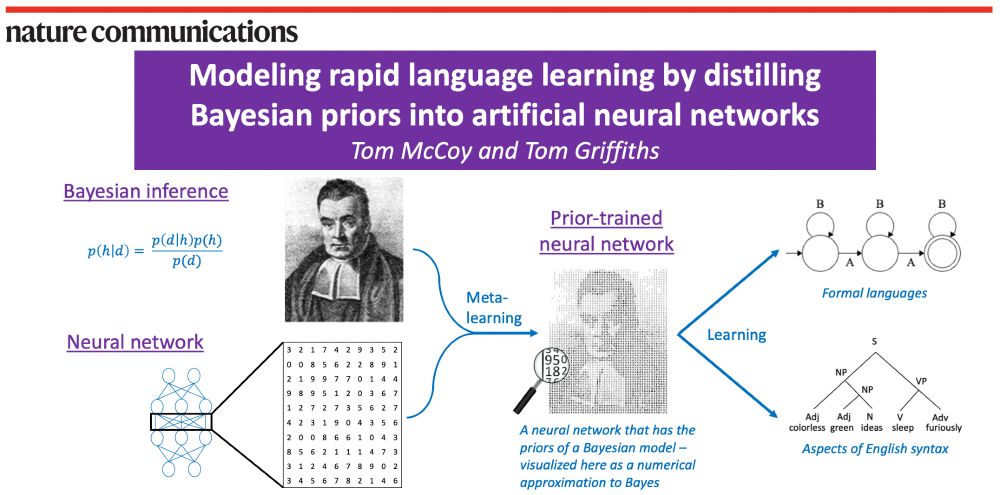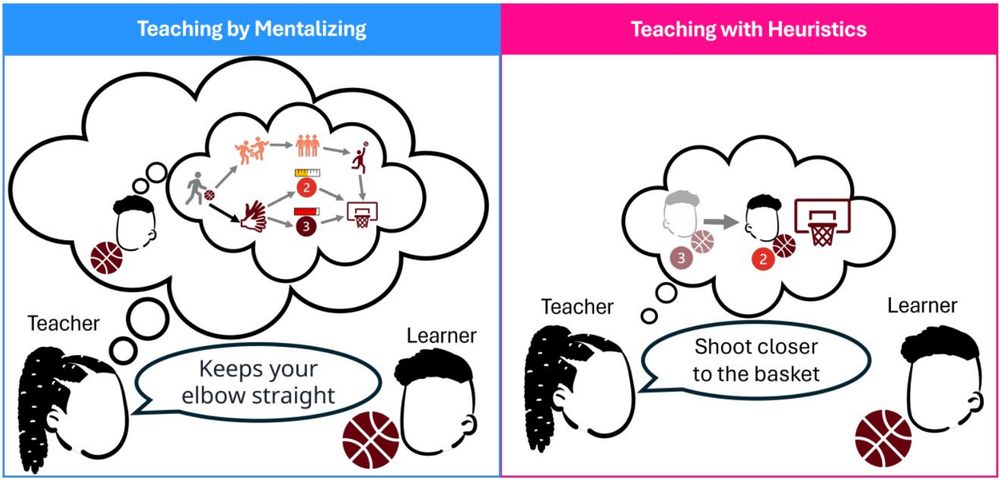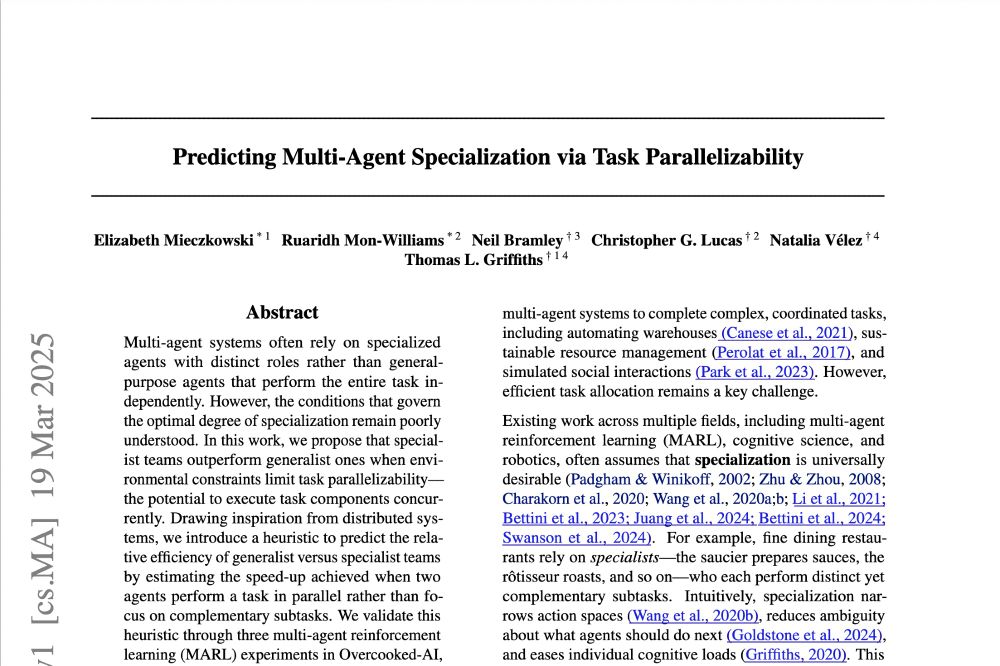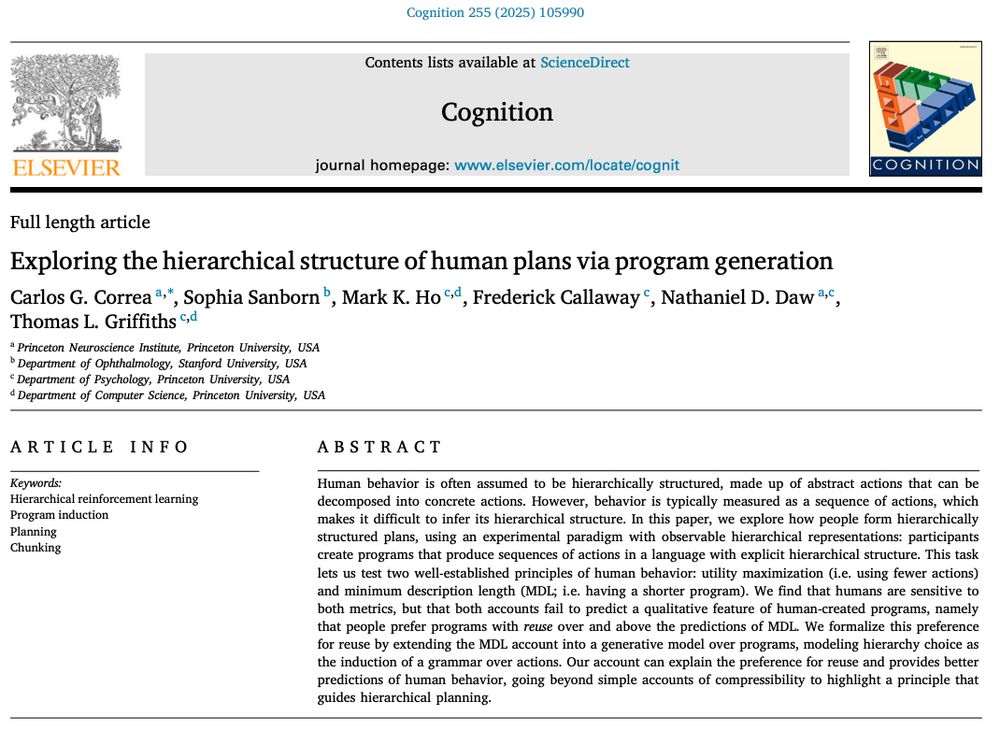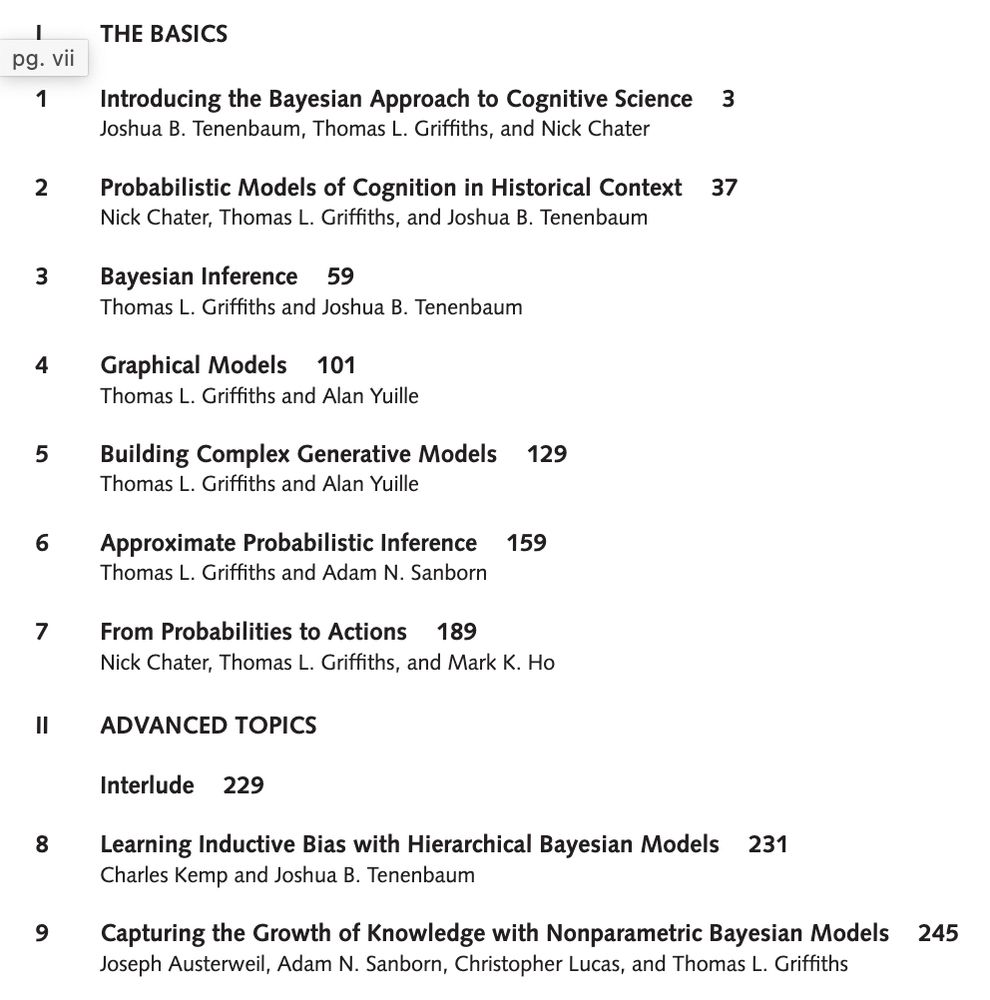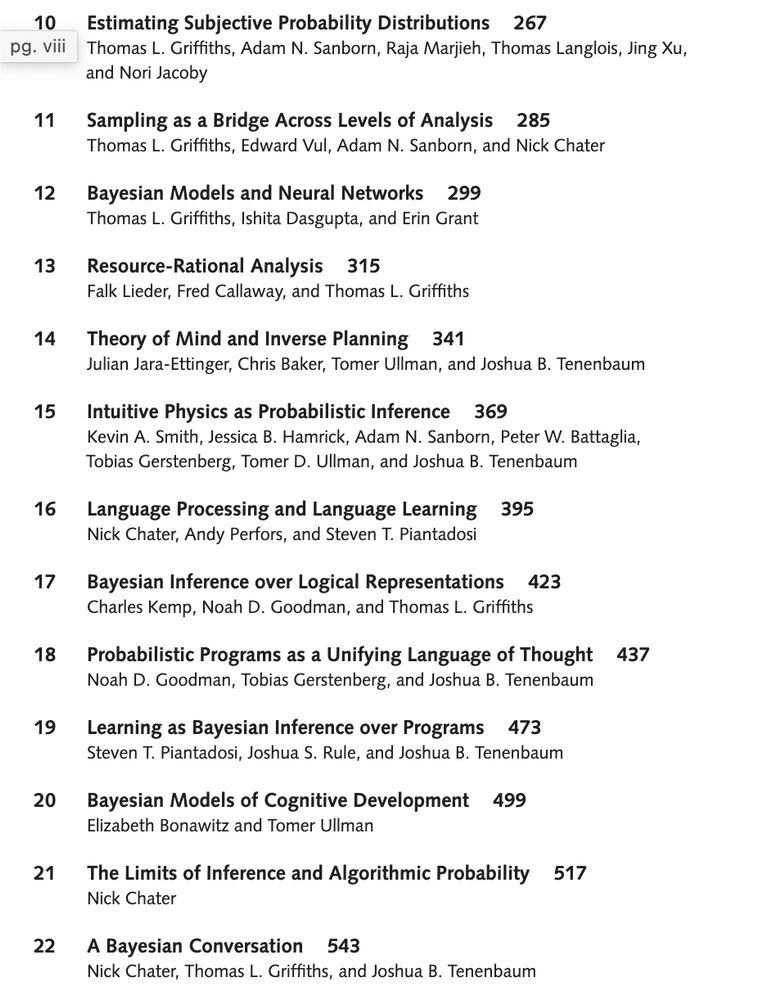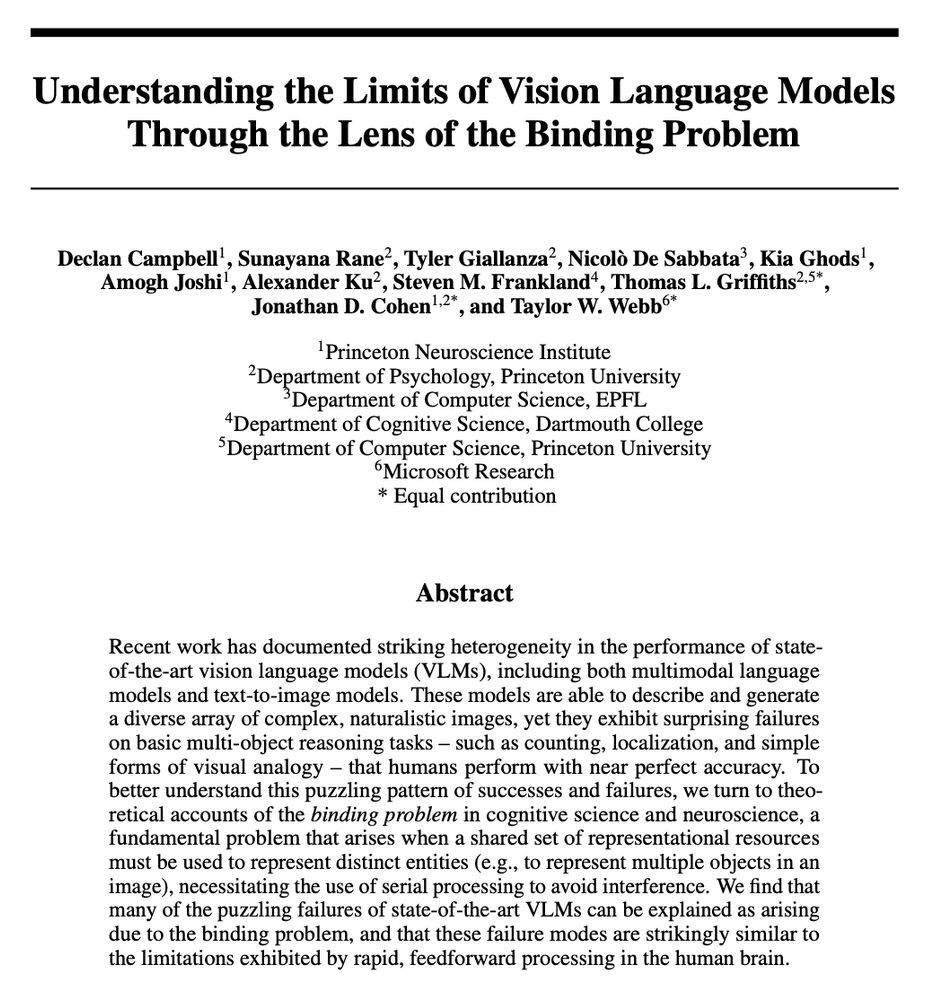Griffiths Computational Cognitive Science Lab
@cocoscilab.bsky.social
2.4K followers
220 following
10 posts
Tom Griffiths' Computational Cognitive Science Lab at Princeton. Studying the computational problems human minds have to solve.
Posts
Media
Videos
Starter Packs
Pinned
Reposted by Griffiths Computational Cognitive Science Lab
Reposted by Griffiths Computational Cognitive Science Lab
Reposted by Griffiths Computational Cognitive Science Lab
Reposted by Griffiths Computational Cognitive Science Lab
Reposted by Griffiths Computational Cognitive Science Lab


